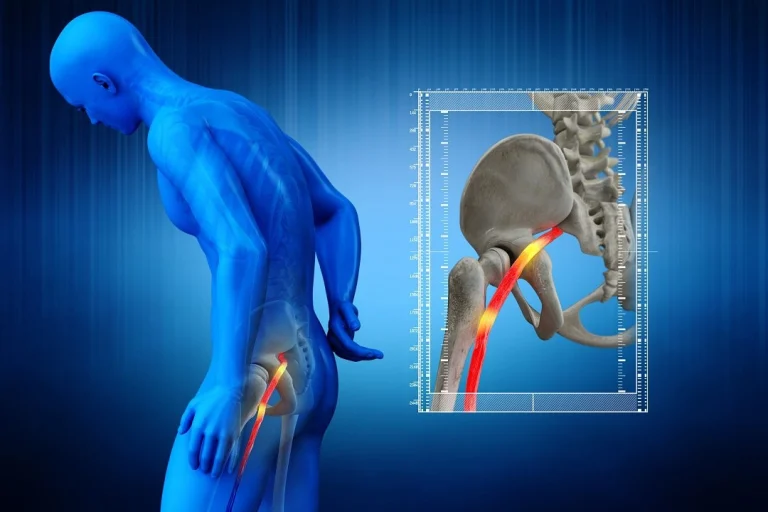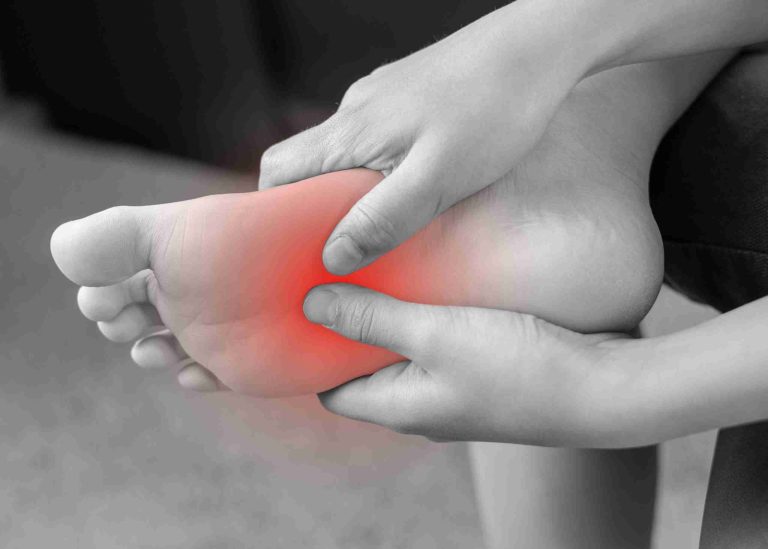Can Driving Cause Sciatica? Understand the Risks and Solutions
Yes, driving can cause or worsen sciatica. The prolonged sitting and vibrations can irritate the sciatic nerve, leading to pain.
Introduction: Can Driving Cause Sciatica?
Sciatica is a condition characterized by pain radiating along the sciatic nerve. This nerve runs from the lower back through the hips and buttocks and down each leg. Many patients ask, “Can driving cause sciatica?” The answer is yes, driving can contribute to or exacerbate sciatica due to prolonged sitting, poor posture, and vibrations from the road.
Understanding Sciatica
Sciatica often results from a herniated disk, bone spur, or spinal stenosis compressing the sciatic nerve. Symptoms include pain, numbness, and tingling along the nerve’s path. Therefore, identifying and mitigating factors that aggravate sciatica is crucial for patients.
Sciatica Symptoms and Diagnosis
Typical symptoms include sharp pain in the lower back, buttock, and leg. The pain often worsens with prolonged sitting, such as during long drives. Diagnosis involves a physical exam, imaging tests, and patient history. Medical professionals use these methods to confirm sciatic nerve involvement.
Can Driving Cause Sciatica? The Scientific Evidence
Prolonged Sitting and Sciatica
Prolonged sitting is a known risk factor for sciatica. Studies show that sitting increases pressure on the lumbar spine, potentially irritating the sciatic nerve. For instance, a study published in the European Spine Journal found a significant association between prolonged sitting and lower back pain, including sciatica.
Vibrations and Sciatic Nerve Irritation
In addition to sitting, vibrations from the road can exacerbate sciatica. Research in the Journal of Sound and Vibration indicates that continuous exposure to whole-body vibrations, like those experienced during driving, can aggravate lower back conditions. These vibrations can lead to micro-traumas and inflammation around the sciatic nerve.
Factors That Aggravate Sciatica While Driving
Poor Posture
Poor posture while driving can strain the lower back and sciatic nerve. Sitting with a rounded back or inadequate lumbar support can increase pressure on the spine. This pressure, in effect, may compress the sciatic nerve.
Lack of Movement
Sitting for long periods without movement can lead to muscle stiffness and nerve compression. Lack of movement reduces blood flow and increases muscle tension around the sciatic nerve, leading to pain and discomfort.
Long Duration of Driving
Driving for extended periods without breaks can exacerbate sciatica symptoms. Studies suggest taking breaks every hour to stretch and move around. This practice helps alleviate pressure on the sciatic nerve.
Statistics on Sciatica and Driving
Prevalence of Sciatica Among Drivers
Sciatica is prevalent among professional drivers. A study in the International Archives of Occupational and Environmental Health found that professional drivers have a higher incidence of lower back pain and sciatica compared to the general population.
Impact of Driving on Sciatica Patients
Patients with sciatica often report increased pain during and after long drives. Surveys indicate that up to 50% of sciatica patients experience worsened symptoms after prolonged driving sessions.
Preventing Sciatica from Driving
Ergonomic Car Seats
Investing in ergonomic car seats can significantly reduce sciatica symptoms. These seats provide better lumbar support and promote proper posture, reducing strain on the lower back.
Regular Breaks and Stretching
Taking regular breaks to stretch and move around is essential. Simple exercises, such as hamstring stretches and back extensions, can alleviate pressure on the sciatic nerve.
Use of Cushions and Supports
Specialized cushions and supports can help maintain proper posture. Lumbar cushions and seat wedges are effective in reducing lower back pressure and preventing sciatic nerve irritation.
Maintaining Proper Posture
Adjusting the car seat to ensure proper posture is crucial. The back should be straight, and the knees should be slightly higher than the hips. This position helps minimize strain on the lower back.
Managing Sciatica Pain for Drivers
Medications
Over-the-counter pain relievers, such as ibuprofen, can help manage sciatica pain. However, these should be used as directed and not relied upon for long-term pain management.
Physical Therapy
Physical therapy can provide significant relief for sciatica patients. Therapists can recommend specific exercises to strengthen the lower back and improve flexibility, reducing sciatic nerve irritation.
Chiropractic Care
Chiropractic care is another option for managing sciatica pain. Chiropractors can perform spinal adjustments to alleviate pressure on the sciatic nerve and improve overall spinal health.
Lifestyle Changes
In addition to medical treatments, lifestyle changes are important. Regular exercise, maintaining a healthy weight, and avoiding prolonged sitting can all help manage sciatica symptoms.
How Medcareline.com Can Help
At medcareline.com, we provide valuable information and resources for sciatica patients. Our posts cover a range of topics, from symptoms and treatments to preventive measures. By staying informed, patients can take proactive steps to manage their sciatica and improve their quality of life.
Informational Posts and Resources
Our website offers a wealth of informational posts that can help patients understand their condition. Topics include ergonomic tips for driving, effective exercises, and the latest research on sciatica.
Supportive Community
In addition to informational posts, medcareline.com provides a supportive community for sciatica patients. By connecting with others who share similar experiences, patients can gain valuable insights and support.
Conclusion: Can Driving Cause Sciatica?
In conclusion, driving can indeed cause or worsen sciatica. Prolonged sitting, poor posture, and road vibrations are significant factors. However, by taking preventive measures and staying informed, sciatica patients can manage their symptoms effectively.
By following the tips and advice provided, patients can reduce the impact of driving on their sciatica. For more information and support, visit medcareline.com, where we offer comprehensive resources to help manage and prevent sciatica pain.
References
- European Spine Journal. (2000). “Prolonged Sitting and Lower Back Pain: A Review.”
- Journal of Sound and Vibration. (2015). “The Impact of Whole-Body Vibrations on Lower Back Conditions.”
- International Archives of Occupational and Environmental Health. (2006). “Prevalence of Lower Back Pain and Sciatica Among Professional Drivers.”
- National Institute of Neurological Disorders and Stroke. (2021). “Sciatica Fact Sheet.” Retrieved from https://www.ninds.nih.gov/Disorders/Patient-Caregiver-Education/Fact-Sheets/Sciatica-Fact-Sheet.
- American Physical Therapy Association. (2018). “Sciatica and Physical Therapy.” Retrieved from https://www.apta.org/patient-care/interventions/sciatica.
- Chiropractic & Manual Therapies. (2013). “The Role of Chiropractic Care in Managing Sciatica.”







